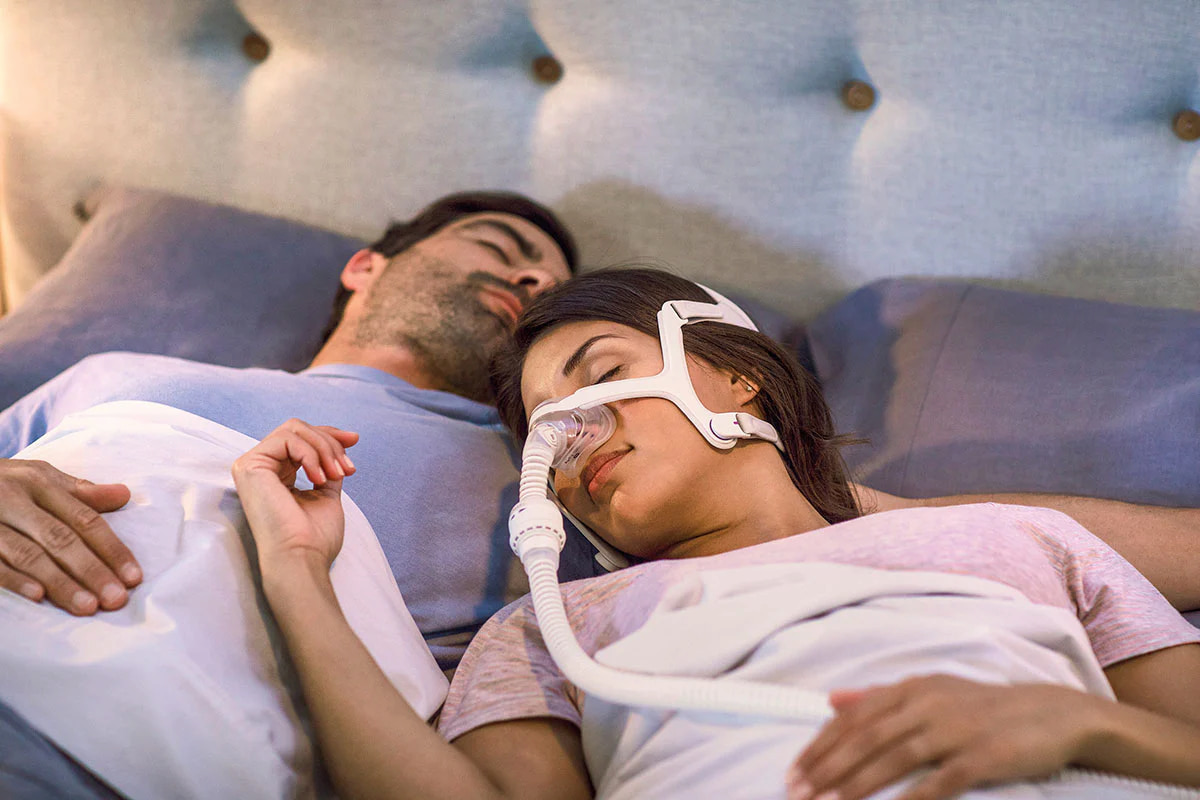Without any doubt, one of the most common disorders that affects people all around the world is sleep apnea. It can be diagnosed in both men and women, but also in children. If you’re not familiar with the term, sleep apnea is a condition caused when the throat muscle is so relaxed that it gets soft, thus blocking the airway during sleep. Additionally, this leads to oxygen deprivation which can lead to snoring loudly and even choking. Sleep apnea is not pleasant for both the sufferer and their partner as both of them can’t get enough night sleep.
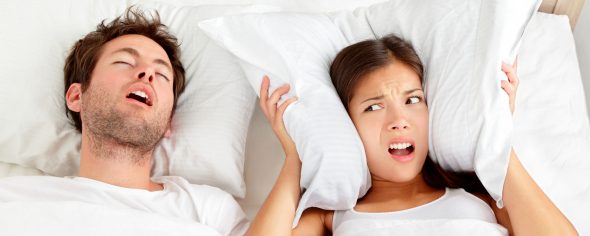
When not treated, sleep apnea can result in constant daytime sleepiness, headaches, fatigue, high blood pressure, stroke and heart attack. The good news is that there are many solutions for the problems, out of which mouth guards are the most basic type. They are designed for those with mildly obstructive sleep apnea, but there are also some other solutions which are designed for the more severe sleep apnea conditions.
CPAP Machines
Standing for “Continuous Positive Airway Pressure”, CPAP machines are the most basic and commonly used sleep apnea devices. When compared to the other two types, CPAP machines are more affordable and the most commonly prescribed treatment for patients who have sleep apnea. These machines have the ability to provide a single, constant and continuous flow of oxygen into the airway of a person that repeatedly inhales and exhales during sleep. Usually, doctors recommend the use of these machines to patients who have moderate obstructive sleep apnea.
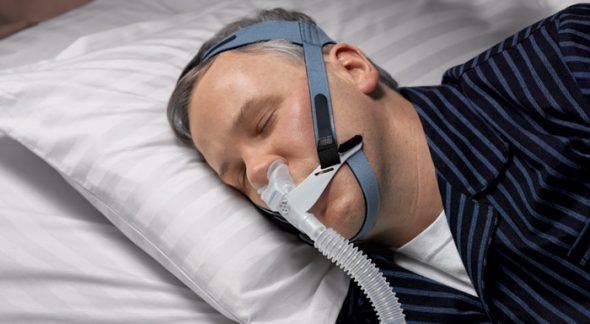
Although the older versions of these machines were designed to provide a constant oxygen flow, the newer and more advanced types might detect a person’s breathing and adjust the pressure output according to one’s needs. One thing is certain, these machines can certainly improve a person’s night sleep by preventing snoring which can result in lower blood pressure. This additionally can lead to the prevention of the aforementioned heart issues while allowing the patient to feel more energized and rested. Such machines are a real blast not only for sleep apnea sufferers but for their partners as they can provide less disruptions during sleep.
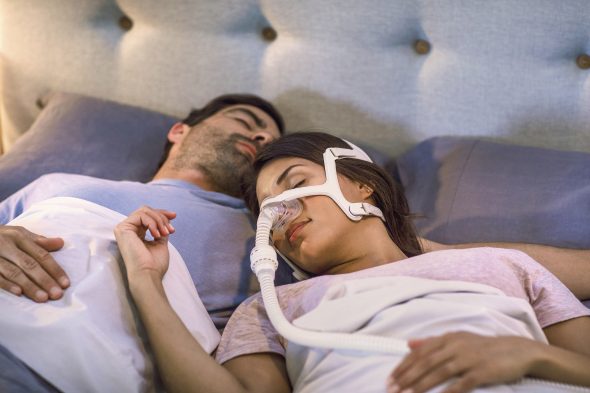
One of the biggest drawbacks of continuous positive airway pressure machines according to patients, is getting used to breathing through it. At the beginning, it can be really uncomfortable, however, this can be easily mastered over time. Those with sensitive skin might experience skin irritations from wearing the mask and dealing with overly dry mouth is also possible but this can only happen with an improperly fitted mask.
APAP Machines
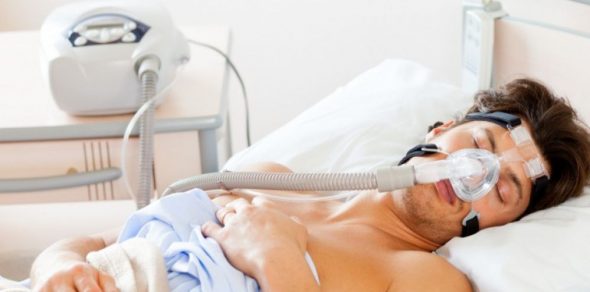
APAP or also known as Auto Positive Airway Pressure is another type of sleep apnea machine which works differently from the CPAP. The APAP machines have two pressure settings consisting of a high and low pressure range in order to provide the needed amount of oxygen. The needed amount of oxygen is usually set by the doctor who has prescribed the machine. The good news is that the setting automatically adjusts during the night and if programmed right, APAP machines can provide the needed pressure for inhalation regardless of the patients sleep positions. What’s more, the settings of these machines can also be adjusted for mild alcohol consumption before bedtime as drinking can significantly change the way of breathing during sleep.
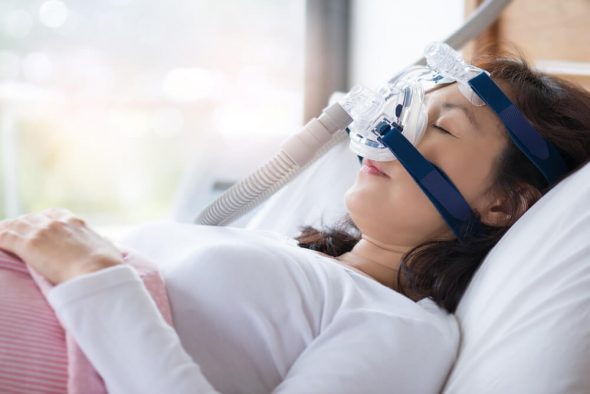
The main drawback of these machines is that they are more pricey when compared to the CPAP and people can still have hard times adjusting breathing through it. According to doctors, APAP machines may not be suitable for people with certain health conditions like heart disease or obesity.
BiPAP Machines
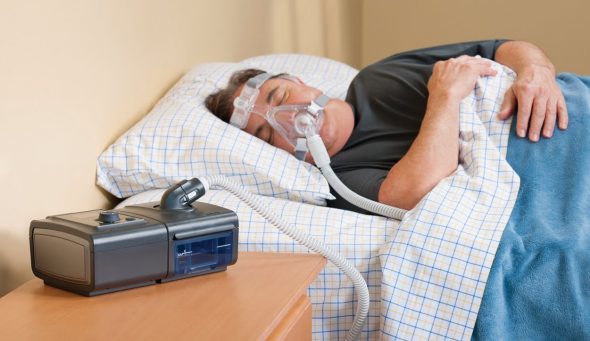
BiPAP or BiLevel machines are the least common type of positive airway pressure machines as it delivers two separate pressures: one is for inhalation and the other for exhalation. Simply put, these machines are way more complex than the two other types and are more expensive. They are mainly designed for those with severe and central sleep apnea or for people who have special needs. Another different thing about them is that BiLevel machines are used when the person is awake instead of asleep. According to professionals, a great number of people with certain health condition can benefit from such machines: people with Parkinson’s Disease or ASL, pneumonia and asthma patients, obese people who have breathing problems because of their weight, those who have congestive heart failure, COPD or obstructive pulmonary disorder (lung diseases that block the airflow) as well as those who have tried CPAP machines but have failed using them.
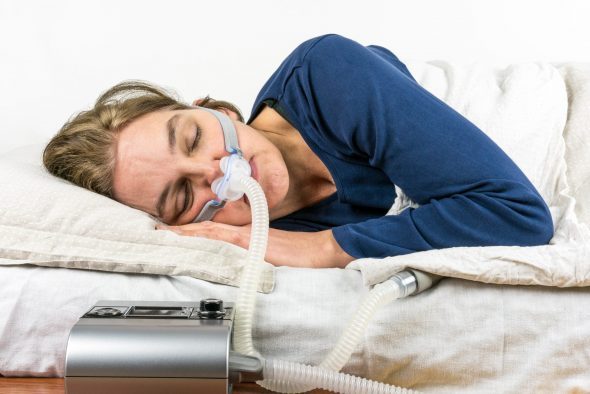
The main downside of these machines is that old age, poor health history and obesity might have a negative effect on BiPAP use. Bloating, eye irritations and sinus problems are also possible when using this machine.
Note: In extreme cases, when none of these machines can help, medical intervention might be needed i.e. surgery. This might include undergoing a tracheotomy or inserting a mechanical tube in the throat.
